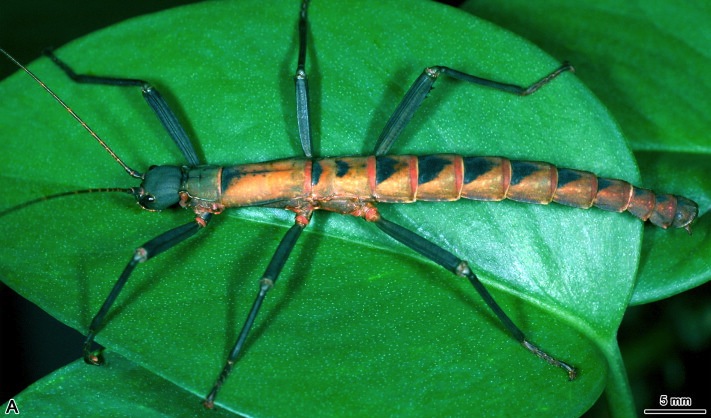Immunities to antibiotics are increasing rapidly in many
species throughout the world. Have you ever wondered what scientists are doing
about it? Well the answer is right in front of us. The following review is
about an article that tests the effects of extracts from black soldier fly
larvae. These little flies can be found in almost any country and are usually
very common. There are many species of these in New Zealand.
The following article is written by
Won-Hyung CHOI, Ji-Hye YUN, Jong-Phil CHU and Ki-Back CHU and is called:
Antibacterial effect of extracts of
Hermetia illucens (Diptera: Stratiomyidae) larvae against Gram-negative
bacteria.
It can be found here: http://onlinelibrary.wiley.com.ezproxy.lincoln.ac.nz/doi/10.1111/j.1748-5967.2012.00465.x/pdf
The article begins by explaining
our need for new antibiotics as species are developing resistances to the
strains we already have. Many species of insects and plants have already been
tested for their viability. Many insects have antimicrobial substances that are
located within or on the surface of their digestive tract; this is to prevent
microbial infection. For this reason, this has been utilised in Europe for the
treatments of burns and open wounds. The introduction continues to describe
other species that have been used for their antimicrobial larvae such as the
house fly (Musca domestica).
The black soldier fly’s larvae was
previously used for the bioconversion of dairy manure, conversion of organic
materials and forensic science; for determining human postmortem duration.
The equipment used to test the
soldier fly is described next, it was bought from several places. Luria broth,
agar powder, petri dishes, paper discs and many other chemicals and reagents
were described.
The methods section first describes
the extraction of the soldier fly larvae. 600g of larvae was rinsed three times
with distilled water to remove any unwanted material. The larvae were extracted
with 6 L of n-hexane, chloroform, ethanol, methanol and distilled water (H2O)
at room temperature for 24 hours.
The extracted larvae were tested on
gram-negative and gram-positive bacteria.
The results have shown that there
was no inhibition of gram positive bacteria; however gram-negative bacteria seemed
to be inhibited.
The following table is taken from
the article and sums up the results of the tests, There was a huge difference
in effect when comparing gram-positive with gram-negative bacteria.
The soldier fly larvae possess
unique properties that may be utilized for various defense purposes, which
contain various antibacterial peptides as effective inhibitory substances against
many pathogens. However, the presence of an antimicrobial substance derived
from the larvae has not been found yet. The purpose of the article was to
identify potential antibacterial properties, as well as antibacterial effects
of the soldier fly’s larvae extracts. Because the extracts only showed
antimicrobial activity against a few bacteria, more study will have to be
performed to see if this species is viable.
This article explains everything in great detail and provides very thorough results and explanations. Its amazing what can be found in things such as little and as common as a soldier fly.





